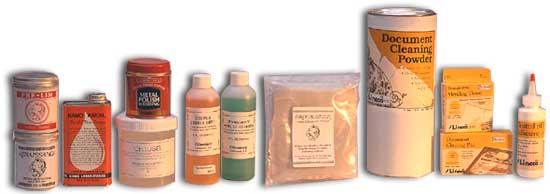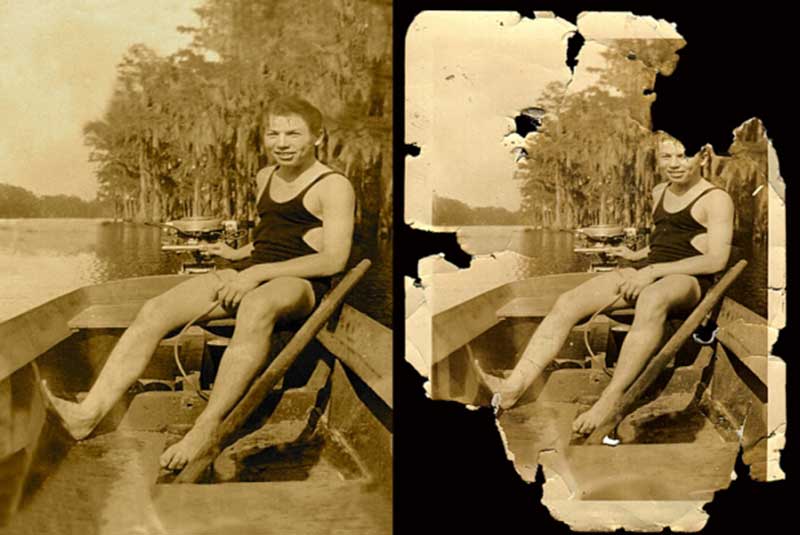Preserving Your Past
When undertaking any preservation treatment, live by this rule:
The treatment should be reversible.
Common sense approach – always start with the least invasive treatment, but if you aren’t sure what to do, don’t do anything.
Factors that lead to damage
Pollution: avoid storage containers that off-gas. Avoid dust which is abrasive. Avoid unsealed wooden shelving as it off-gases. The more aromatic the wood, the more off-gassing it does.
Pests: silverfish, moths, rodents. Remember, most antique textiles are composed of self-destructing natural fibers. Wool and silk are animal-based, and cotton and linen are plant-based. Also note that up to about 1850, paper was made of cotton, hemp, linen, or mulberry fibers. It was referred to as rag paper. After the mid-19th century, wood fibers which were acidic, made up the bulk of paper products resulting in a poorer-quality paper.
Temperature: avoid rapid fluctuations in temperature and humidity. 50° - 68° for photographs with fluctuations of no more than 5 degrees per day. Cold storage at low relative humidity is ideal. 60° - 65° for textiles.
Relative Humidity: wood, leather, paper, and textiles respond to fluctuations in moisture by expanding and contracting. Ideal relative humidity for photos is between 35° - 40°. The ideal RH for textiles and paper is 50°.
Light levels: damage caused to artifacts by light is cumulative and irreversible.
1. Most sensitive to light – textiles and other dyed fibers, dyed leather, fur and feathers, manuscripts on parchment, prints and drawings on paper, watercolors, stamps, color photographic prints and transparencies, and historic plastics.
2. Moderately sensitive to light – oil and tempera paintings, lacquerware, wood, horn, bone, ivory, black and white photographs, and some colored glass.
3. Insensitive to light – stone, metal, most glass, and ceramics.

Gaylord – Library supplies, furniture and archival products, 800-448-6461
 © 2025 MCHS- All Rights Reserved.
© 2025 MCHS- All Rights Reserved.



